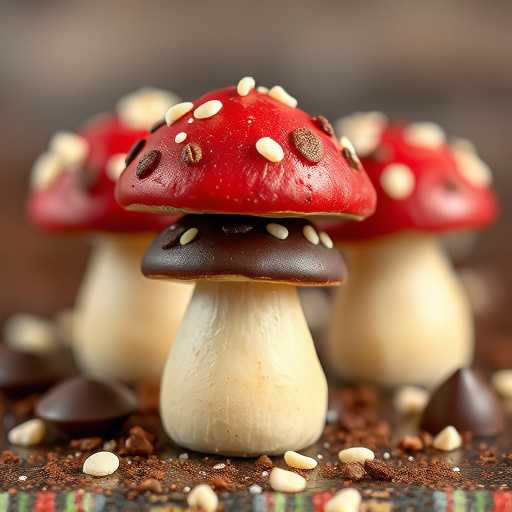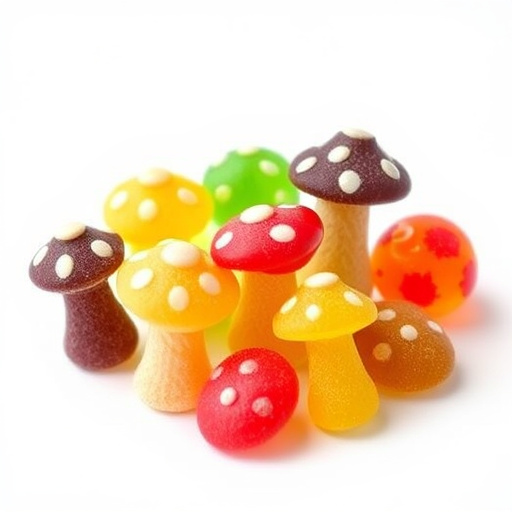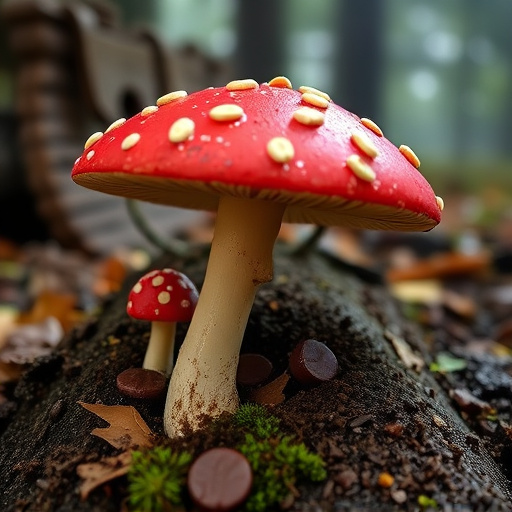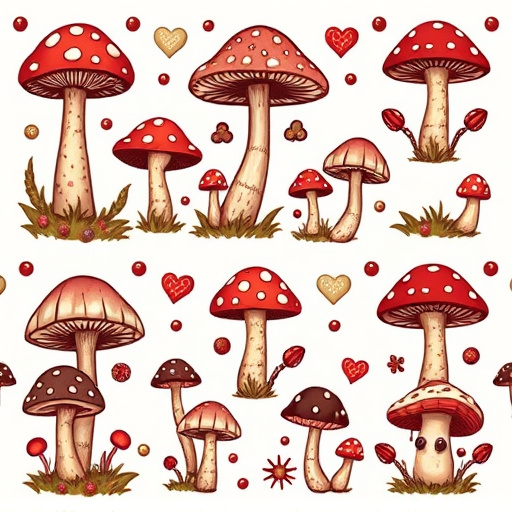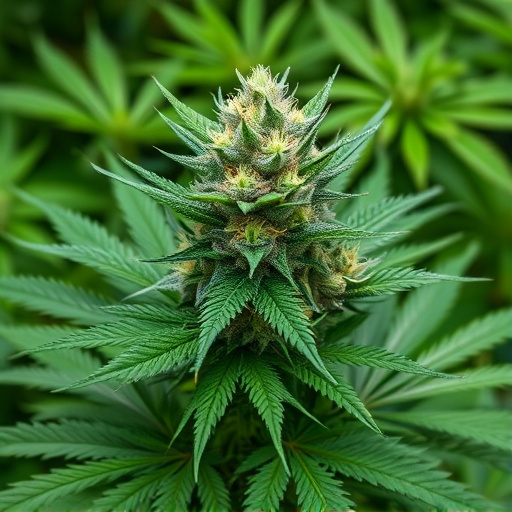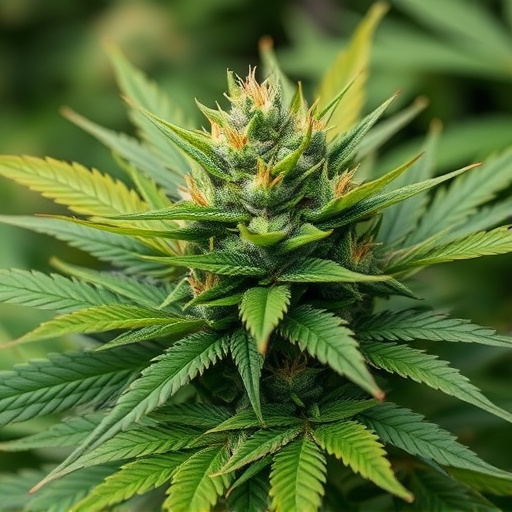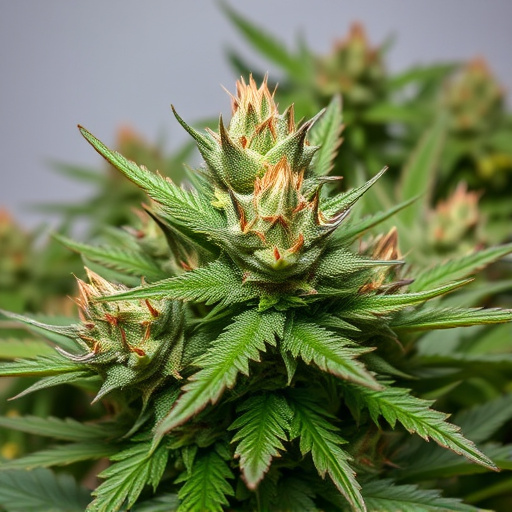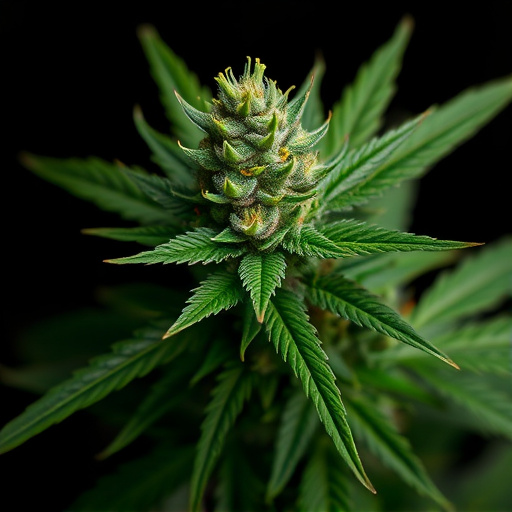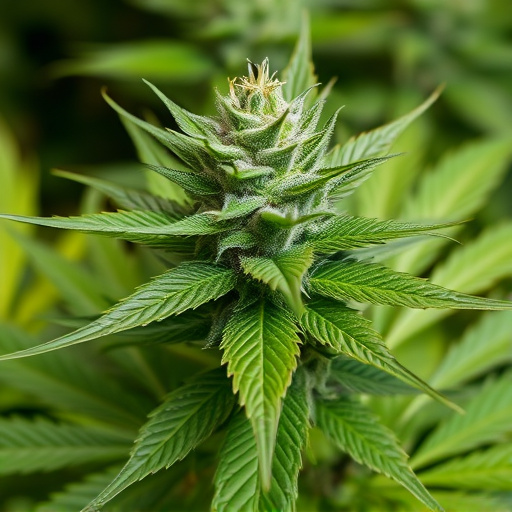Aging cannabis, particularly sativa strains known for their high THC content and invigorating effects, enhances flavor and aroma while preserving potency. However, storage conditions can lead to reduced THC levels and altered terpene profiles over time, impacting the intensity of the desired high. Proper storage is crucial to maintain quality, but even optimal conditions may result in some loss of volatile compounds responsible for cannabis' unique sensory experience.
Can old weed still get you high? Despite popular belief, aged cannabis doesn’t necessarily lose its potency. In fact, time can enhance specific characteristics of sativa cannabis strains, altering their effects. Understanding how cannabis ages and the factors that influence its ‘high’ is key to unlocking its potential. Explore the unique attributes of sativa strains and how they evolve over time, offering a different experience for those seeking an enhanced, albeit altered, high.
- Understanding Cannabis Aging and Potency
- Factors Affecting the 'High' from Old Weed
- Sativa Cannabis Strains: Their Characteristics and Effects Over Time
Understanding Cannabis Aging and Potency
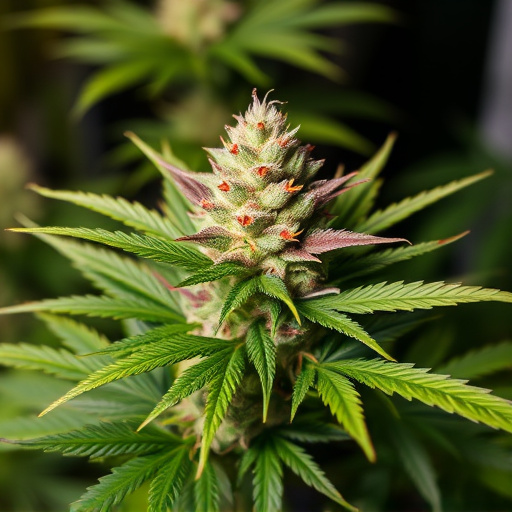
Cannabis, much like wine, can undergo a process of aging that significantly impacts its potency and effects. The aging or curing of cannabis involves various methods to concentrate and preserve cannabinoids like THC and CBD over time. This process is crucial for cannabis cultivators, as it enhances the flavor, aroma, and overall experience of consumers.
When cannabis ages, especially sativa cannabis strains known for their invigorating properties, they can retain a significant amount of their initial potency. Sativa varieties, with their high levels of THC, often provide users with energizing and cerebral effects. As these plants age, the THC content can remain relatively stable, ensuring that a user might still experience a potent high from older cannabis. However, it’s essential to remember that aging also causes some loss of volatile compounds responsible for aroma and flavor, which can result in a slightly different sensory profile compared to fresh cannabis.
Factors Affecting the 'High' from Old Weed
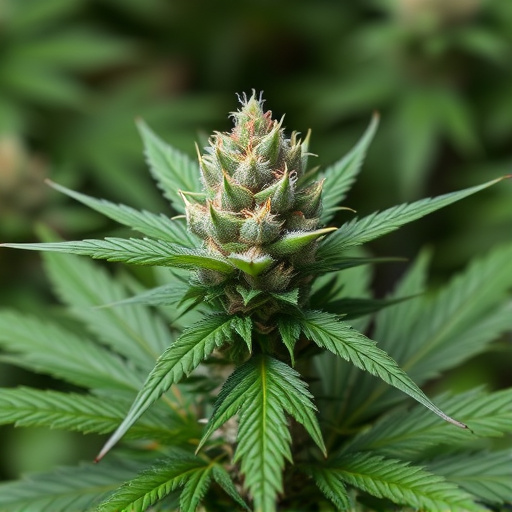
The potency and effectiveness of getting high from old weed depend on several factors. Firstly, the age of the cannabis plant itself plays a significant role. As sativa cannabis strains tend to mature quickly, their chemical composition can shift over time. Older plants may have lower levels of THC (tetrahydrocannabinol), the primary psychoactive compound responsible for the “high” feeling. This decline in THC content can drastically reduce the intensity of the desired effect.
Another crucial factor is how the weed has been stored. Improper storage conditions, such as exposure to heat, light, or moisture, can accelerate degradation of cannabinoids like THC and CBD (cannabidiol). Properly cured and stored herb retains its potency better. Additionally, the specific cultivation methods and genetic traits of the original strain contribute to the final product’s quality and potency, even after aging.
Sativa Cannabis Strains: Their Characteristics and Effects Over Time
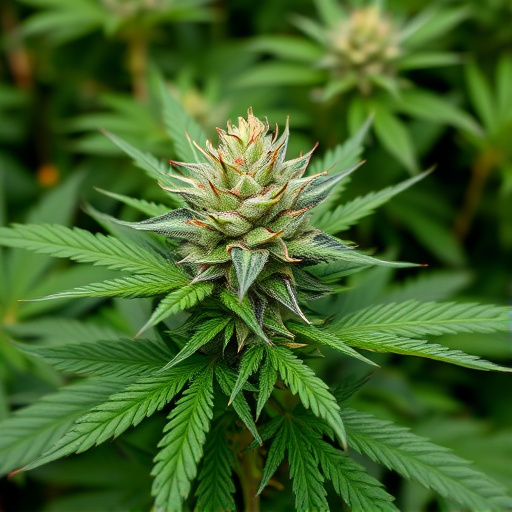
Sativa cannabis strains, known for their uplifting and energetic effects, often evoke a sense of euphoria and creativity in users. These varieties, naturally high in THC (tetrahydrocannabinol), the primary psychoactive compound in cannabis, tend to have a more pronounced effect on cognitive functions than their indica counterparts. Over time, as old weed ages, its potency can change due to various factors such as storage conditions, humidity, and exposure to light. While the initial high from aged sativa may still be achievable, the overall experience could differ significantly.
The characteristics of sativa strains, which include higher THC levels and specific terpene profiles, contribute to their unique effects. Terpenes, aromatic compounds found in cannabis, can influence both the flavor and potential therapeutic benefits. As weed ages, these terpenes may degrade or shift, potentially altering the strain’s overall effect. Some users report that aged sativa retains its ability to stimulate mental activity and promote a sense of well-being, but others might experience a milder high or detect subtle differences in taste and aroma.
While age can impact the potency of cannabis, particularly through the degradation of THC, old weed doesn’t automatically mean a diminished experience. Certain sativa cannabis strains, known for their uplifting and energetic effects, can still deliver a robust “high” if stored properly. Understanding how various factors, such as humidity and light exposure, contribute to its aging process is key to preserving its potency and enjoying the unique characteristics of specific sativa strains over time.
